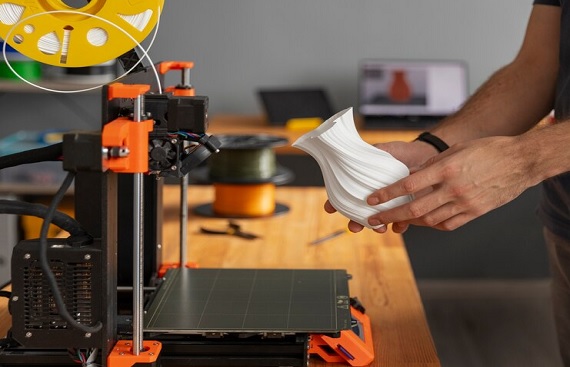IIT Jodhpur Unveils Versatile 3D-Printed Hybrid UAV
By
siliconindia | Thursday, 14 March 2024, 08:44 Hrs

Researchers at the Indian Institute of Technology Jodhpur have introduced a groundbreaking 3D-printed prototype for a hybrid unmanned aerial-underwater vehicle (UAV) designed to operate seamlessly across land, air, and water. Inspired by the versatile movement of Anhingas, a bird species capable of both terrestrial and underwater locomotion, the prototype holds significant potential for diverse applications including rescue missions and environmental monitoring tasks such as mapping oil spills, underwater erosion, and pollution dispersion.
The quadrotor configuration, featuring four rotors, enables the prototype to execute six key maneuvers: transitioning from air to underwater and vice versa, as well as landing and taking off from both water and land surfaces. This versatile design allows the UAV to navigate with agility and efficiency across different environments. Notably, the top layer facilitates aerial movement, while the bottom layer is equipped with aqua propellers for underwater propulsion.
With a flying time of 15 minutes and the capability to remain submerged for up to 8 hours, the prototype represents a significant advancement in multi-environmental robotics. Professor Jayant Kumar Mohanta, Assistant Professor in the Department of Mechanical Engineering at IIT Jodhpur, highlighted the novelty of this indigenous development, emphasizing its potential to contribute to fields traditionally dominated by a few countries such as the US and China.
The unveiling of this prototype at the AIR '23 conference signifies a milestone in robotics, showcasing India's strides towards innovation in autonomous systems. The integration of 3D printing technology with advanced engineering principles underscores the potential for further advancements in hybrid UAVs, promising a new era of versatile and efficient robotic platforms.
